Following countless delays due to the reality of the COVID-19 pandemic, Christopher Nolan is set to release his latest directorial project Tenet some time in the near future. The film will take a look at time travel, although the concept is clearly far from the traditional presentation of time in conventional films like Back to the Future or Looper. This, however, is nothing surprising as over the years, Nolan has presented audiences with a number of complex themes and concepts.
While all of these ideas have been incredibly intelligent, some of them got a little lost in translation on screen. Whereas some make complete sense if the audience is paying attention to the movie, others were just too complicated to fully comprehend, even with article upon article being published in a vain attempt to explain what just happened. Here are five times Nolan’s complex themes actually made sense, and five more that just didn’t. Obviously, spoilers ahead.
TOO COMPLEX: Interstellar’s Space Exploration

Interstellar made the bold move to actually explore the universe further, taking a look at how space exploration can affect time and trying to investigate how the very galaxy operates. Interstellar even brought in sentient beings that seemed to watch over existence, aiding humanity from light years away through the use of a wormhole.
While many elements of the film were incredibly scientifically accurate to the point where some of the film’s visual effects are actually being used in teaching environments, the ideas of inter-dimensional realms and travel were perhaps a little too complex for the general movie going audience.
MADE COMPLETE SENSE: Dunkirk’s Non-Linear Timing
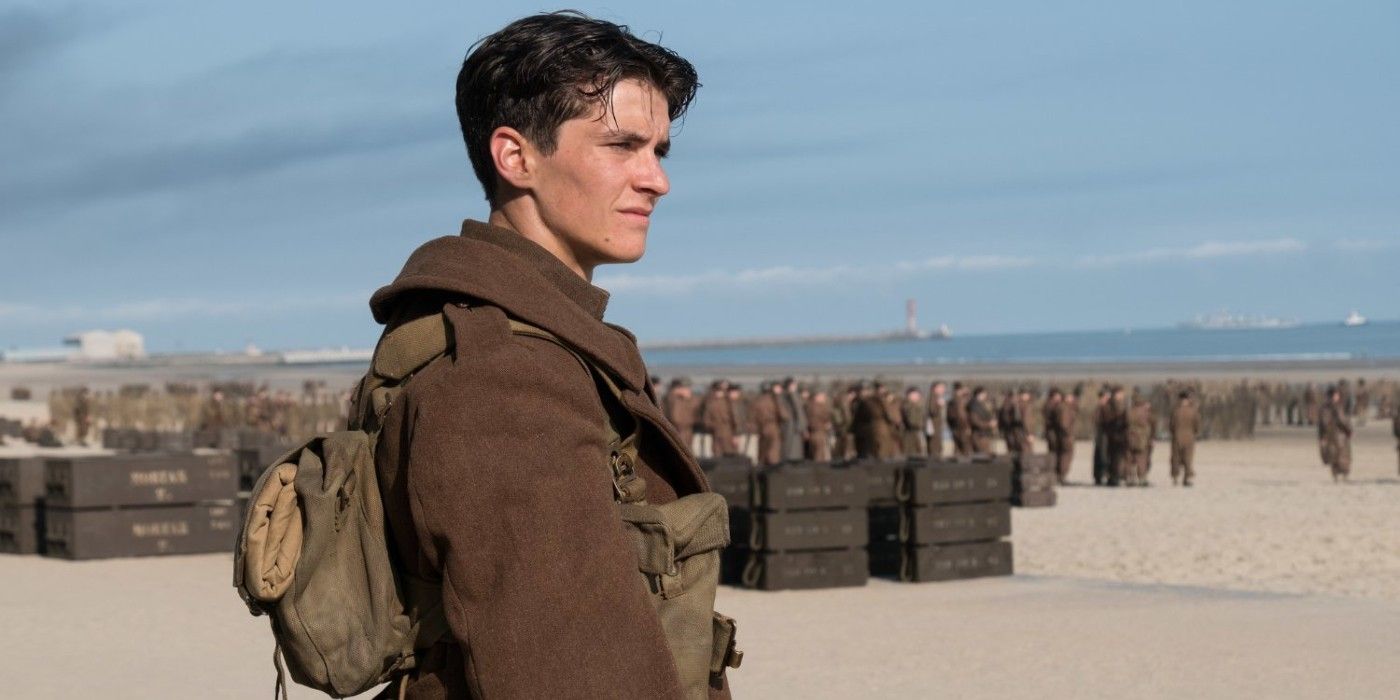
The large-scale rescue mission on Dunkirk is a pivotal moment in World War II and one that Nolan wanted to honor in his own way. His take on this monumental event in the war’s early stages was created in a way that built tension throughout the screenplay, forming a sense of urgency.
The use of the different timelines to convey the multiple angles of the same historical event proved to be a massive success. It was set out clearly and made complete sense, with three different sequences taking place a week, a day and hours away from the evacuation.
TOO COMPLEX: Batman’s Recovery
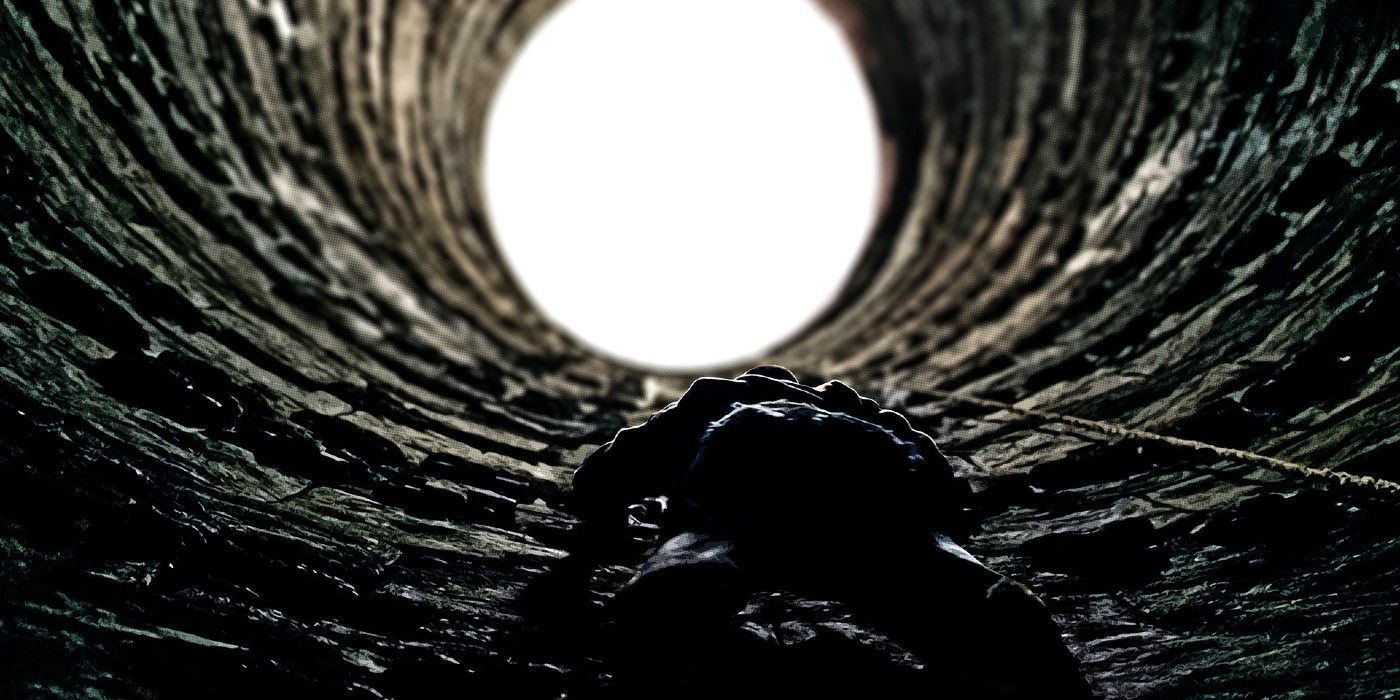
Batman may be pretty incredible, but he isn’t super-powered. At the end of the day, he’s just a rich guy in a bat suit. In lieu of that is The Dark Knight Rises, which proved to be a divisive finale and perhaps the weakest of the critically acclaimed Dark Knight trilogy from Nolan.
One part of the otherwise straightforward superhero film that confuses fans to this day is how much time Batman actually spent outside of Gotham City. Despite having a broken back, he managed to recover extremely quickly and travel across the world to return. Not only that, but it’s unclear how much time passed for Gotham to devolve into the barren wasteland it is by the time Batman returns. Playing with time here led to a lot of confusion, with Nolan’s creative choices not quite working in this context.
MADE COMPLETE SENSE: Memento’s Amnesia
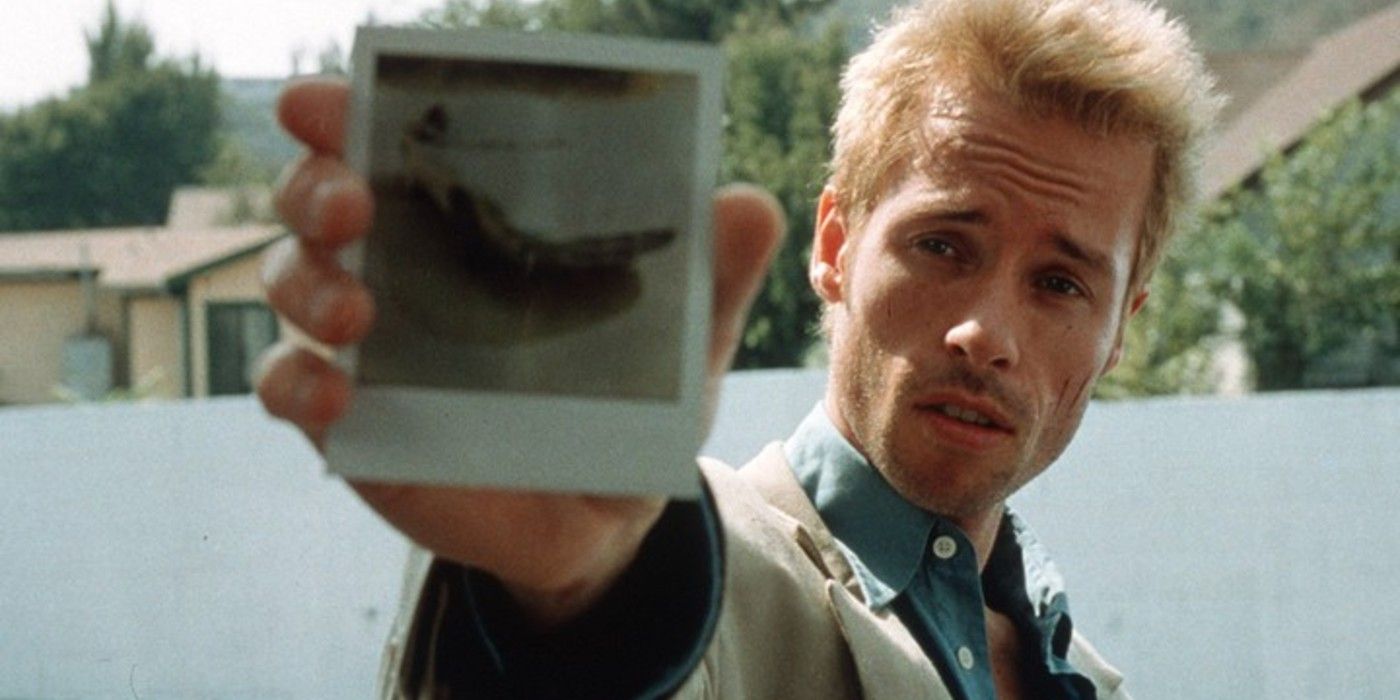
The mind-bending Memento is one of Nolan’s earliest films, but still manages to take an interesting structure and weave it into a compelling narrative. In this case, the lead character’s amnesia results in the film actually taking place out of order, which is why Memento opens at its very end.
As the mystery unravels, the changes in the story become far clearer, with the black and white sequences helping to distinguish between the past and present and how the story moves forward and backwards. It’s a complicated idea but one that manages to work well.
TOO COMPLEX: Inception’s Dreams

The general idea of Inception is simple enough to understand initially, with the main characters able to move in and out of dreams. But this becomes far more complex when they enter dreams within dreams.
Audiences have to really pay attention to understand what level of the dream the characters are in. What’s more, the addition of the limbo world — as well as the various rules that apply in the specific dream realities — results in a lot of questions that the movie just never has time to answer.
MADE COMPLETE SENSE: Insomnia’s Mystery

Although it’s quite rare for a Nolan film, Insomnia’s mystery has its twists and turns but is ultimately quite straightforward to understand. There may be many corrupt detectives and false evidence, but many of the ideas and tropes are recognizable enough, helping everything make sense.
With fantastic performances, complex characters and a number of plot threads to pull on as the story continues to emerge, this is one of Nolan’s easiest films to follow in comparison to many others on this list.
TOO COMPLEX: Inception’s Reality/Realities

There’s an additional layer to Inception that had fans scratching their heads, leading to an ambiguous ending. The idea is that Cobb (Leonard DiCaprio), the main character, doesn’t actually know if he’s in the real world or another dream. Or, even worse, a dream in a dream.
Each character has a Totem that will react in a certain way if the realm they’re in is any different, helping to determine what world they are in. This becomes more complicated with fan theories claiming that the spinning top wasn’t actually Cobb’s at all and it was actually his wife’s. It’s a concept that can be explained but is difficult to identify, which in many ways is the point of the film though.
MADE COMPLETE SENSE: Joker’s Lack Of An Origin Story
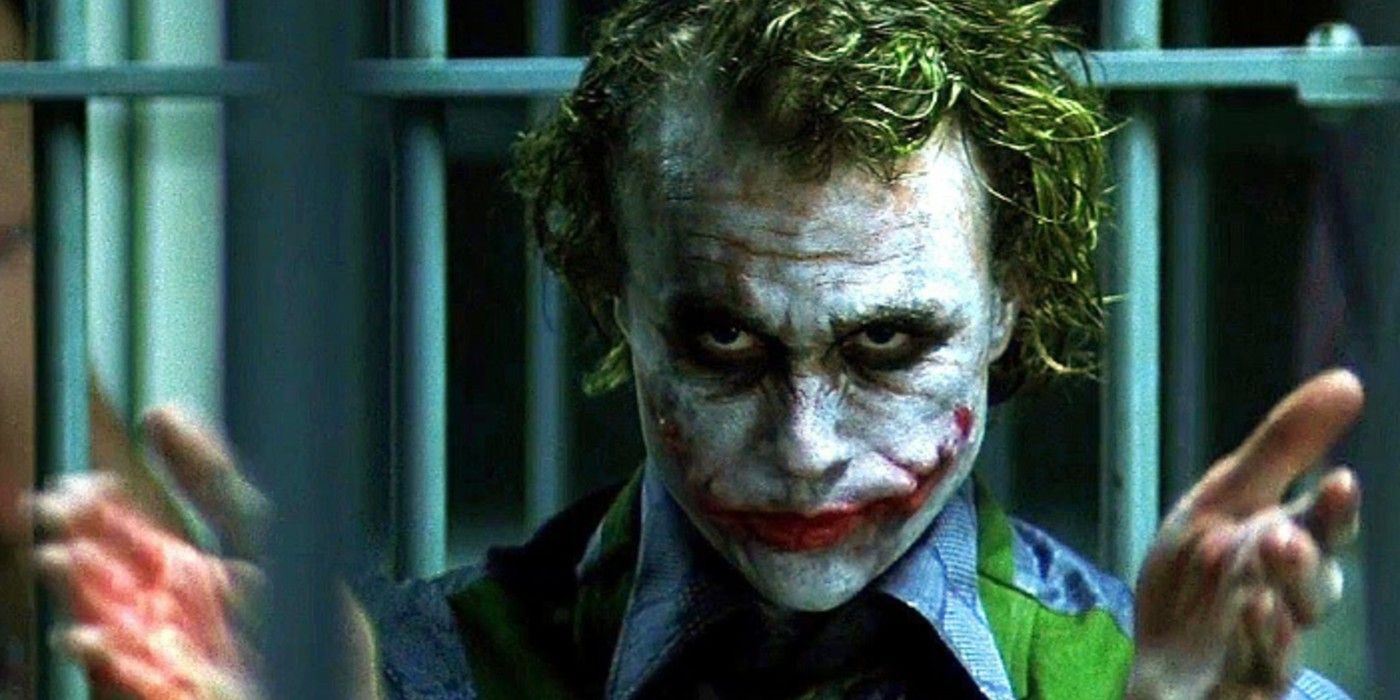
Origins are a huge part of the superhero genre. That being said, it may have been strange to some that Nolan made the decision not to include any kind of origin for Heath Ledger’s take on the Joker, but this actually fits right in line with the comics.
Considering Batman himself had a whole film setting up his initial story, it was more compelling to see this mysterious character never actually get his own narrative, adding to the idea that his mind is constantly changing. It’s a concept that works really well to keep the audiences feeling like the world of the Joker is erratic.
TOO COMPLEX: The Prestige’s Teleportation/Cloning Device
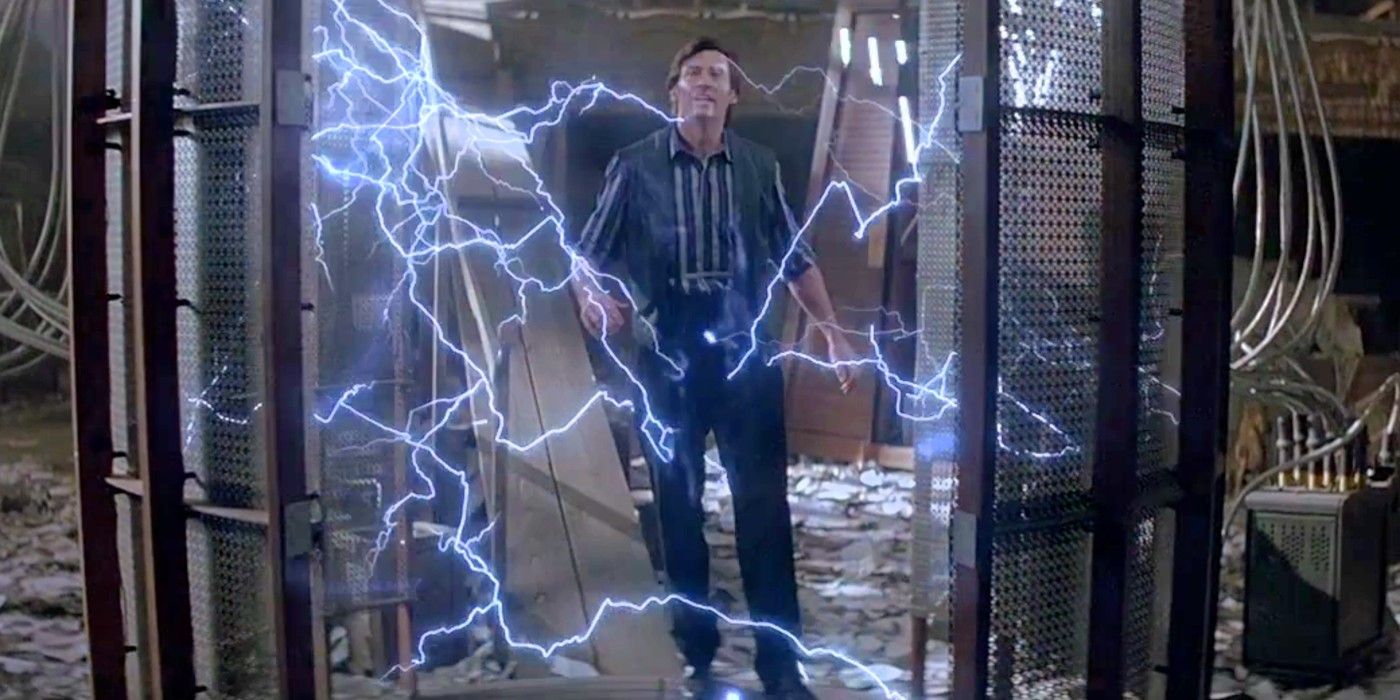
The Prestige combined both traditional magic tricks with spectacular science, which resulted in some real sorcery taking place. In one part of the film, electrical equipment built by Nikola Tesla is used to create real teleportation.
However, the concept becomes more complex when it is revealed that the original version of the person isn’t teleported to another spot but is instead cloned, with the clone appearing in the teleporter’s exit. Not only was Tesla able to create a teleportation device, but inadvertently a working cloning vat as well. Needless to say, in a film of illusion and cheap stunts set in the 1890’s, it seemed far too complicated to bring in technology and ethical dilemmas of this scale!
MADE COMPLETE SENSE: The Prestige’s Twins
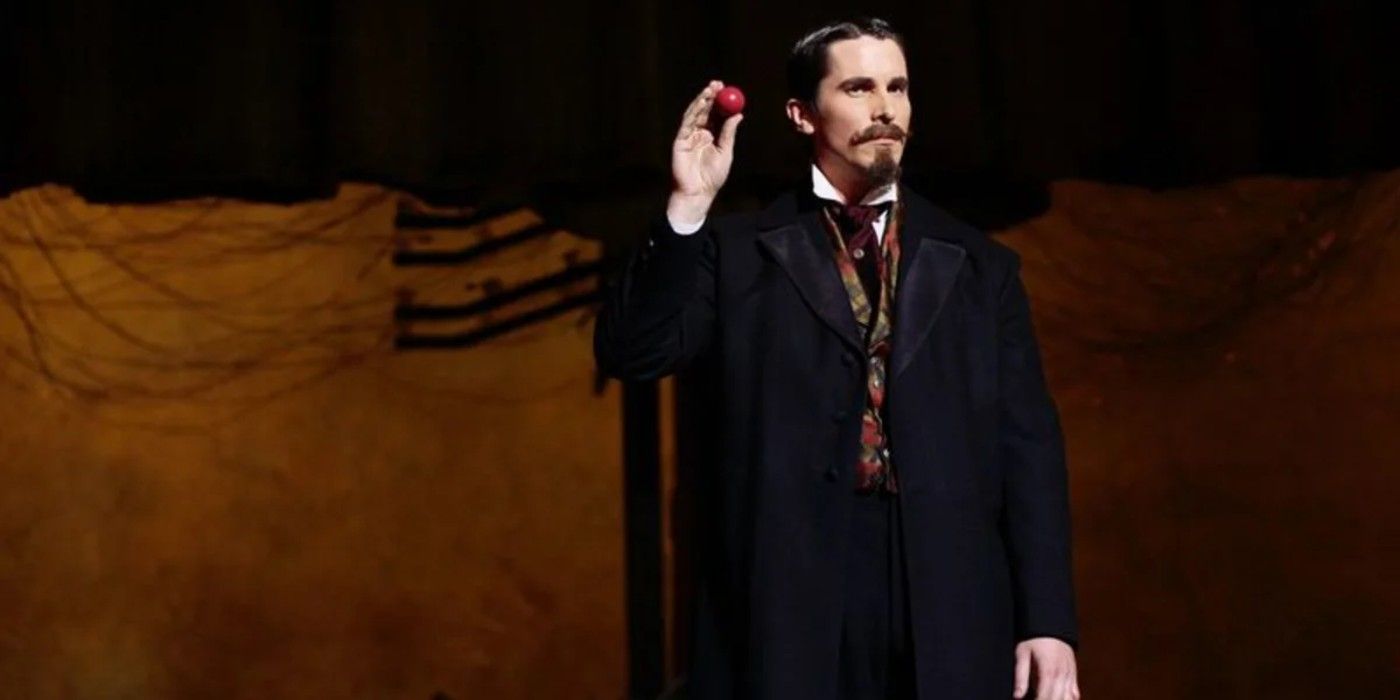
One of the biggest secrets of The Prestige is how Alfred’s (Christian Bale) original teleportation trick is carried out. There’s various hints throughout the film and Robert (Hugh Jackman) desperately tries to solve the complex trick’s mystery, but the truth is far simpler than he is willing to believe.
It is revealed that Alfred actually does have a twin brother, allowing him to appear in two places at any given time. The solution was so simple that Robert couldn’t accept he was being bested by it. With two individuals that look and act exactly the same way, this is an old maneuver used by magicians in real life and made a lot of sense within the rest of the story.




